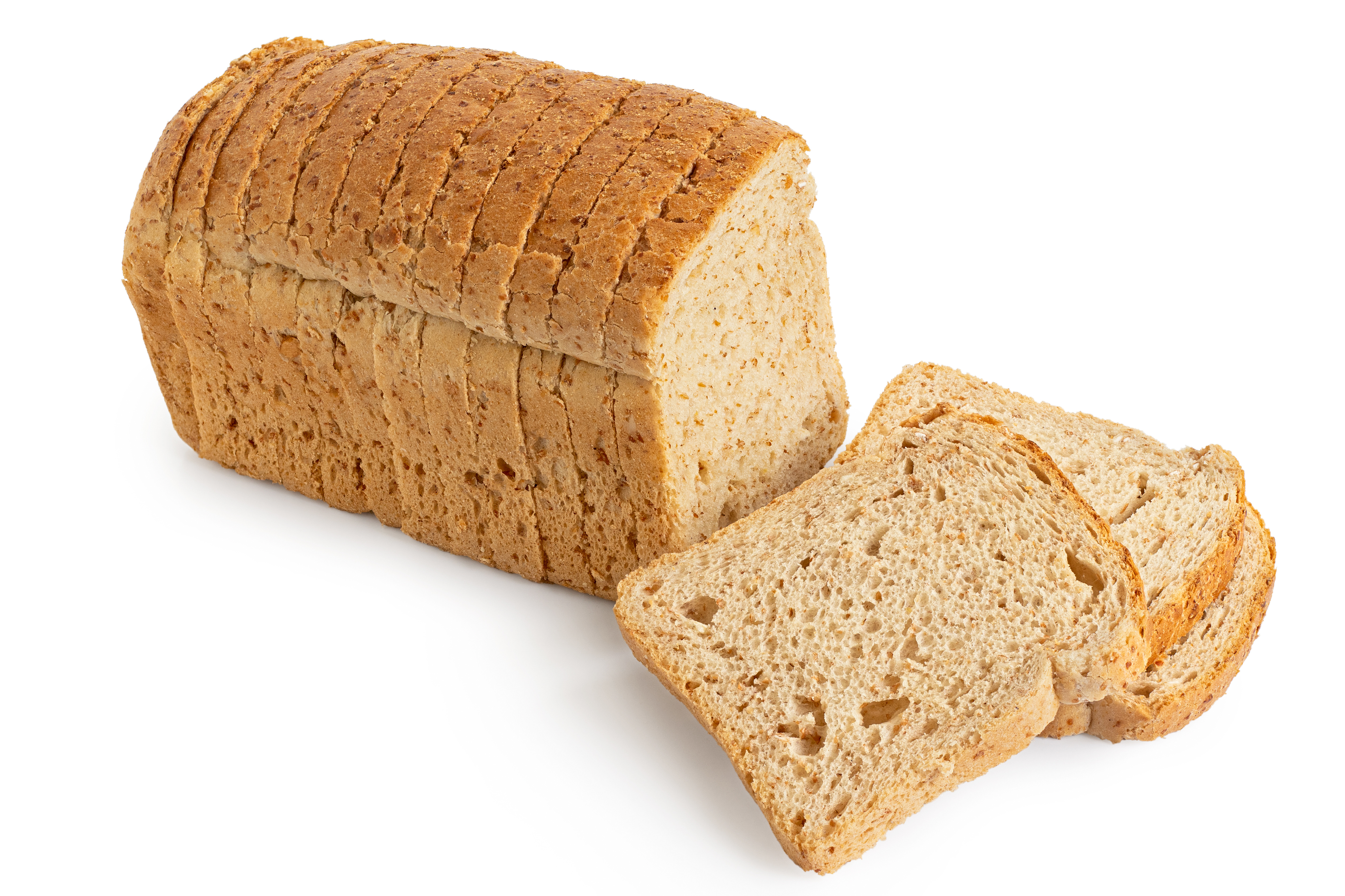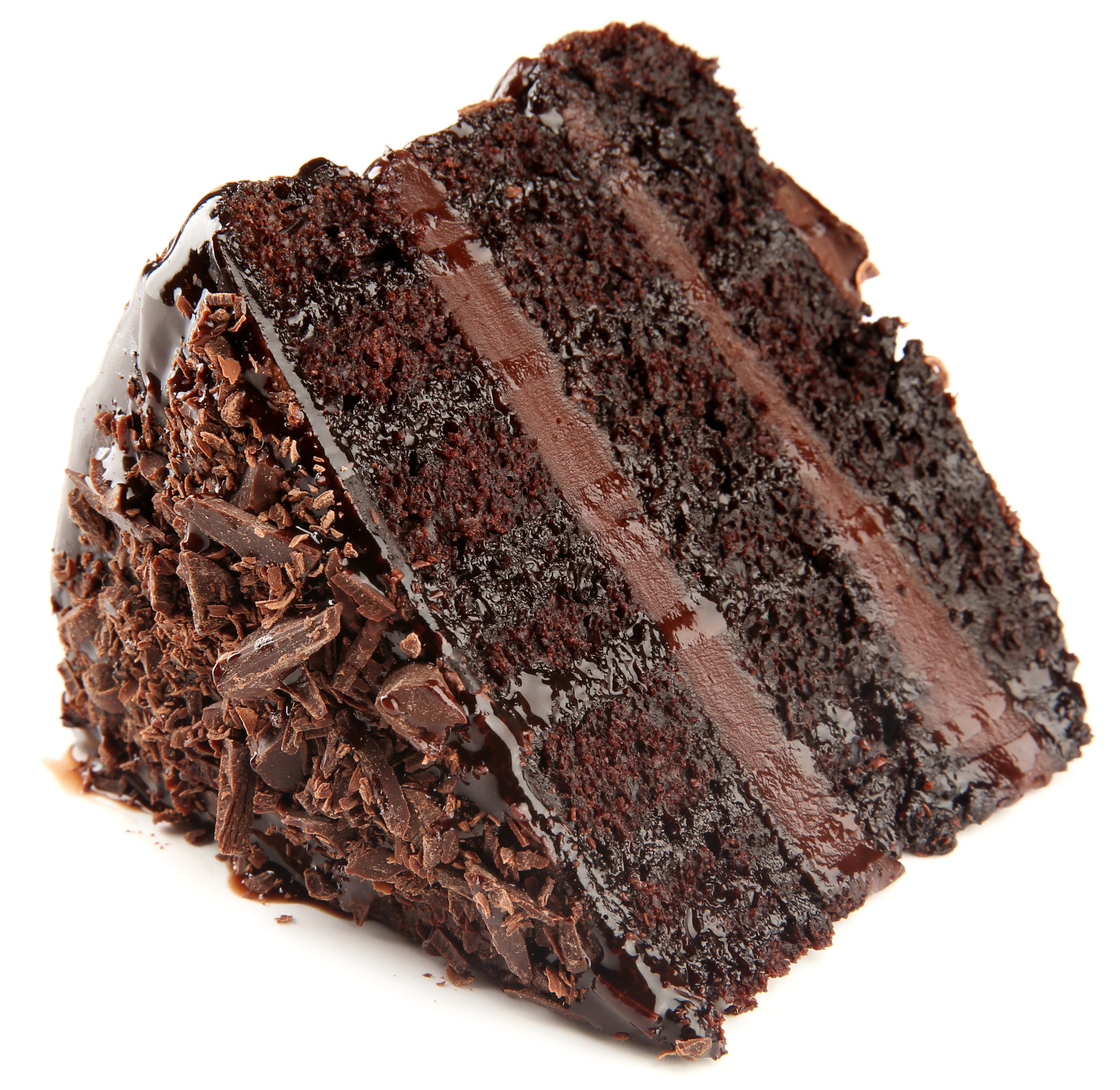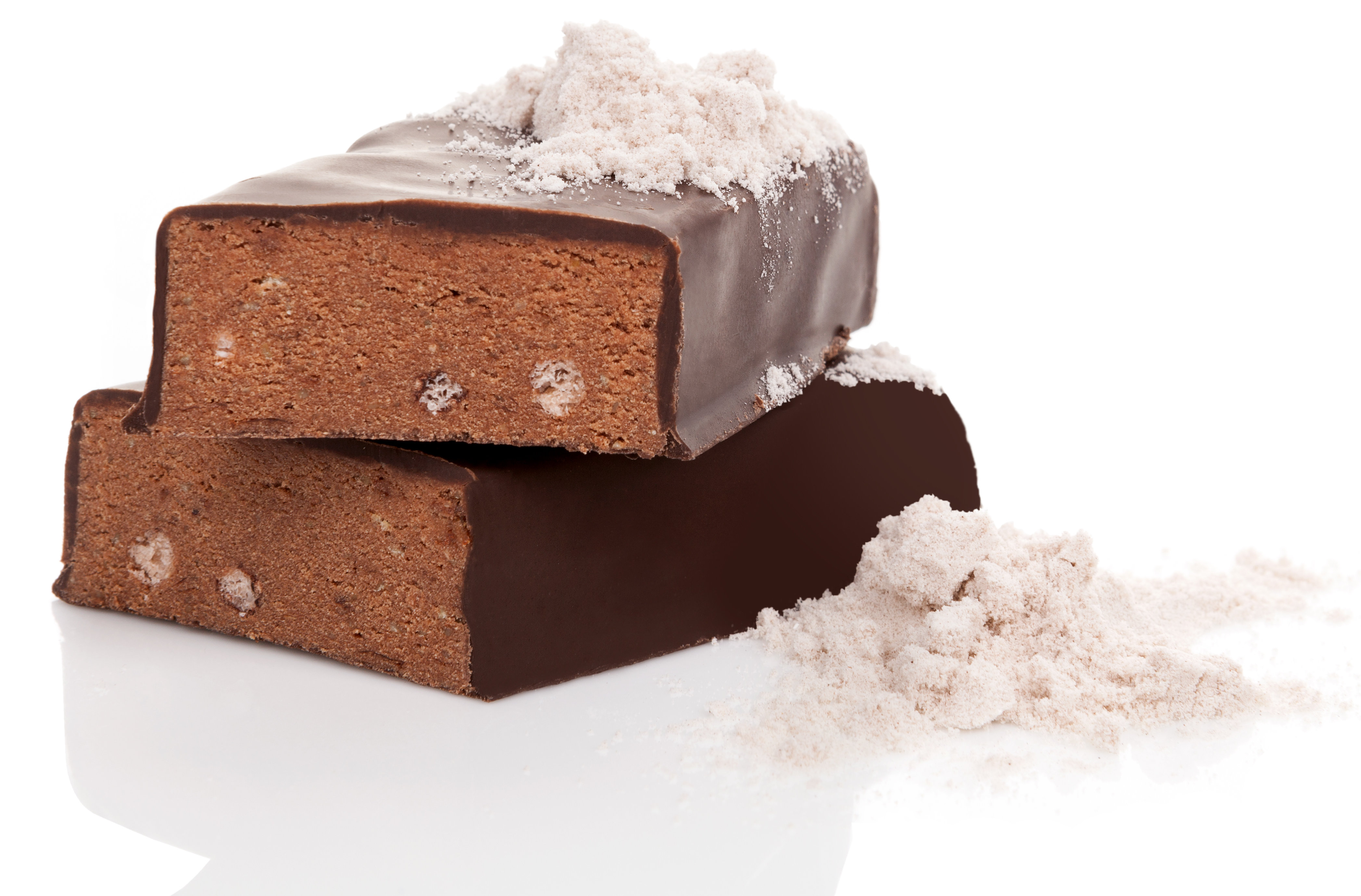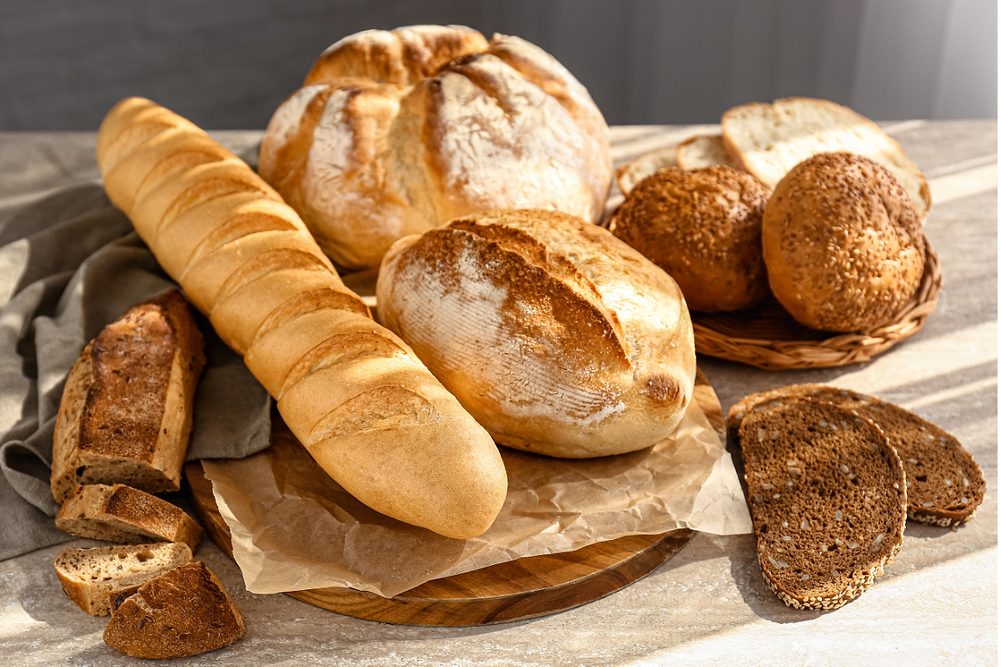KANSAS CITY — Whether Americans need it or not, they can’t seem to get enough of protein. This macronutrient shows up in the snack aisle and bar category; it even has a place in bread. And consumers snatch those products up. Bolstering a baked good’s nutrition to reach a “good source” or “excellent source” claim can come with challenges, however, specifically in texture, taste and machineability. With no shortage of protein sources to choose from, formulators often find answers to those obstacles in protein blends.
“Blending protein will help bakers achieve higher claims by impacting the protein quality score, the flavor profile, the processing efficiency and the product texture throughout shelf life,” said Brook Carson, vice-president, product development and marketing, Manildra USA.
Dairy, egg and soy are the big three proteins that have been used historically in baked goods. Wheat itself, the basis for conventional flour, carries a substantial amount of protein. And more alternative sources such as pulses, pea and ancient grains have taken the industry by storm.
Bringing together various sources — even the same source — of protein but blending different formats can help bakers get away from allergens, maintain good shelf life, cut costs and meet a claim while mitigating impacts on flavor or texture.
“A perfect blend has a good balance of nutritional value without impacting the overall characteristics of the finished product: volume, structure, taste, color, etc.,” explained Arnaud Deniaud, vice-president, technical services, Lesaffre Corp. To accomplish this, bakers must know their options, how these different proteins can work together and the math of making a claim.
Not all protein is equal
Front-of-package claims such as “good source” or “excellent source” of protein depend upon the percent daily value listed on the Nutrition Facts Panel. Foods making a “good source” claim need to provide 10% of the daily value, and those with an “excellent source” claim need to deliver 20%. Only certain kinds of protein contribute to that number. Only complete, or “quality,” proteins — those containing all nine essential amino acids at the appropriate levels — contribute to the percent daily value of protein listing.
“The biggest thing when talking about achieving a protein claim is the difference between total protein and quality protein,” said Matt Gennrich, senior food scientist, Cargill. “Total protein is the full amount of protein nutritionally in a product.”
 For example, a bread product may have an impressive amount of total protein, but any incomplete protein will not count toward making a claim. “Even if a product has 10 g of total protein, enough to qualify for ‘excellent source’ if it was all quality protein, when we calculate the percent daily value for the Nutrition Facts Panel, we can only count the quality protein,” Mr. Gennrich explained. “In this example, if the product contains 5 g of quality protein, it would only qualify for 10% daily value claim, or ‘good source of protein’ claim.”
For example, a bread product may have an impressive amount of total protein, but any incomplete protein will not count toward making a claim. “Even if a product has 10 g of total protein, enough to qualify for ‘excellent source’ if it was all quality protein, when we calculate the percent daily value for the Nutrition Facts Panel, we can only count the quality protein,” Mr. Gennrich explained. “In this example, if the product contains 5 g of quality protein, it would only qualify for 10% daily value claim, or ‘good source of protein’ claim.”
A protein’s quality is determined by its protein digestibility-corrected amino acid score (PDCAAS), which compares the concentration of amino acids against the standard amino acid profile. “The score is based on the amino acid requirements of humans and their ability to digest it,” said Ricardo Rodriguez, marketing manager, confectionery and bakery, Ingredion. “All proteins have different amino acid profiles, and some may be more deficient in one versus another.”
Soy, dairy and egg proteins are all complete or quality protein. These sources contain all nine of the essential amino acids necessary for the human body. Because these contribute to the percent daily value, they help formulators hit the minimum for front-of-pack claims quickly. “A dairy protein is a complete protein, so you can use less of it to get where you need to,” said Marissa Stubbs, account manager, bakery, Agropur. “If you’re using other incomplete proteins, you have to add more to get the grams, but you’re not going to get that percent daily value you need.”
To avoid allergens or control costs when using incomplete proteins, formulators can blend different sources to make up deficits and hit those percent daily values. Wheat, for example, is a natural source of protein for baked goods as it typically makes up the bulk of the formulation in the flour. However, when wheat is used alone, it is an incomplete protein due to being low in lysine. “To get those higher protein claims, you’ll have to substitute or augment the wheat that’s inherently there with another protein source,” Mr. Gennrich explained.
Front-of-package claims such as “good source” or “excellent source” of protein depend upon the percent daily value listed on the Nutrition Facts Panel.
In light of this, it’s important that bakers wanting to make a claim understand the makeup of the different sources. For example, pea protein is high in lysine, making it a natural counterpart to balance wheat’s deficiency. While amaranth and quinoa are complete proteins, most other cereal grains are low in lysine like wheat. Potato protein is low in methionine and isoleucine and can be combined with wheat or other cereal grains to fill in the gaps.
“Soy and pea proteins offer high-protein quality, functionality and textural benefits, but are often blended with ancient grains or legumes to achieve a more well-rounded nutritional profile,” said Jacquelyn Schuh, marketing product director, alternative proteins, ADM. “Soy is an excellent high-quality protein with a PDCAAS score of one, but if soy isn’t the desired protein, different ones can be blended to achieve a better PDCAAS score than just one plant protein alone.”
Blends also enable bakers to use less protein to reach a claim, which helps reduce any negative effects on the dough or finished product. “Also by blending and creating a complete protein, you can add less into your formulation to achieve your claim level, which helps bakers during processing,” Mr. Rodriguez said. The more protein added to a formulation, the more impact the ingredient will have on final product characteristics.
The limits of protein
Formulators can’t just add as much protein as possible to reach a claim. There are limits to how much a bakery formulation can take on. Depending on the protein, too much will have different affects on the finished product.
“The challenge with protein addition to baked goods is to achieve a desired level and profile of protein without affecting the characteristics of the dough,” Mr. Deniaud said. “Some protein sources such as vital wheat gluten have a positive impact on dough strength. Other sources have good nutritional value but are derived from known allergens such as whey.”
 Protein can change water absorption, texture and even flavor. “Certain protein isolates and concentrates may have strong flavor profiles, and by using a combination of whole, plant-based protein options, these off-flavors can be reduced,” said Jennifer Tesch, chief marketing officer, Healthy Food Ingredients.
Protein can change water absorption, texture and even flavor. “Certain protein isolates and concentrates may have strong flavor profiles, and by using a combination of whole, plant-based protein options, these off-flavors can be reduced,” said Jennifer Tesch, chief marketing officer, Healthy Food Ingredients.
Most protein sources will contribute to off-flavors when added in bulk, but taste becomes more of a factor for certain applications. “There are some soy protein isolates as well as some pulses that actually have a much lower flavor impact, and those are the ones that you definitely want to use in a dough that’s very bland,” said David Guilfoyle, group manager of bakery fats and oils, DuPont Nutrition & Biosciences. “If there is something like a whole wheat dough that has a little more flavor, then you have a wider range of protein to work with. We can use those soy protein isolates that have a little bit of flavor that can even enhance some of the flavor of the whole wheat dough.”
Almond protein powder can also offer some relief from flavor impact. These powders are inherently clean tasting. “Within blends, Almond Protein Powder can help dilute unwanted flavors from other proteins and create a well-rounded product with good flavor, nutrition and a simpler label,” said Jeff Smith, director of innovation, Blue Diamond Almonds Global Ingredients Division.
Relying too much on a protein that has a browning effect can also have unintended consequences on a baked good’s appearance. “Dairy proteins tend to brown,” Mr. Gennrich said. “All proteins do have the Maillard effect, so when you start packing in a lot into a product, it gets very dark, so that becomes an issue as well.”
Proteins can also impact the texture and therefore machineability. These ingredients absorb water and can fight other ingredients in the formulation for the available water. Whey protein, for instance, will take over the water available in the formulation, resulting in a dry, crumbly texture. To avoid that, bakers can add extra water, hydrating the proteins. However, add too much water and the dough becomes a sticky batter. “You can’t process it from there,” Ms. Stubbs said. “It’s going to get stuck on machines, which leads to poor manufacturing abilities.” Blending can also reach a balance in water absorption for whey protein by combining it with a milk protein, adding more fat or an emulsifier like lecithin.
Bread is a natural application for added protein. But in this case, when the protein holds onto more water, the dough can become more dense, preventing the yeast from reaching its maximum rise potential, according to Mr. Gennrich. “You might have to adjust your yeast level or try to find the right combination of proteins that work or even add a bit of egg white protein to promote more aeration and structure,” he said. “There’s a lot of different challenges to play around with.”
Bakers can combat these water absorption issues by adding emulsifiers, adding more liquids or fats, or even changing the protein source. Bakers can also blend proteins to offset these challenges. “Balancing proteins that may retain versus give up water can help optimize shelf life,” Ms. Carson said.
Different proteins, even from the same source, can all absorb water differently. For example, bakers can use pea flour, pea protein concentrate or pea protein isolate. These different ingredients contain 50%, 80% and 90% protein, respectively. “Even though they are all derived from peas, they are going to have different water absorption levels,” Mr. Gennrich said. “Generally, the more protein you have, the more water it’s going to absorb, so you have to take that into account when you’re formulating.”
Formulating backward
There are many different sources for protein. Dairy, soy and egg have dominated the baking industry, but alternative proteins like pea, pulses, potato and grains are also gaining traction. And different formats of these proteins — flours, concentrates and isolates — differ in protein content and functional characteristics. When working with proteins and especially blending them, formulators have a lot of options to weigh.
“Each type of protein will bring specific attributes that can have a critical impact of the product quality,” Ms. Carson said. “Even within protein types you may find a range of functional attributes. For example, with wheat proteins functionality ranges from highly elastic to completely soluble.”
When weighing those options, formulators must work backward. “Typically, the intended finished product and its desired attributes will determine the ingredient blend,” Ms. Tesch said.
First, bakers should consider what purpose the protein is serving. Is it being added for nutritional impact, and, if so, what’s the g per serving goal? Only certain proteins can reach the threshold for claims such as “good” or “excellent source of protein.” Maybe the bakery is reevaluating the formulation to control cost or eliminate an allergen. That would certainly impact which protein sources a baker would consider.
“The best protein source depends on the need the product developer is trying to address,” Mr. Rodriguez said. “For instance, is the developer using the protein to enhance the nutritional value? Is the protein being used for functional purposes, or is the protein being used to boost nutrition and also serve a functional purpose?”
 As far as function goes, not all proteins or their different formats are the same either. Functionality will impact texture, structure, machineability and even shelf life. Much of this is determined by the protein’s water absorption or emulsifying characteristics, and what a baker is looking for is largely dependent on the application. For example, emulsification is not going to be critical to every baked good. “If you are trying to use whey to replace egg, you’re removing a lot of emulsification from the overall product, so you need to add that emulsification back in,” Ms. Stubbs explained. “Whereas if you’re just trying to add protein, that looks different. In bars you might be trying to increase plasticity and reduce corn syrup, so there are a lot of different functions proteins can play.”
As far as function goes, not all proteins or their different formats are the same either. Functionality will impact texture, structure, machineability and even shelf life. Much of this is determined by the protein’s water absorption or emulsifying characteristics, and what a baker is looking for is largely dependent on the application. For example, emulsification is not going to be critical to every baked good. “If you are trying to use whey to replace egg, you’re removing a lot of emulsification from the overall product, so you need to add that emulsification back in,” Ms. Stubbs explained. “Whereas if you’re just trying to add protein, that looks different. In bars you might be trying to increase plasticity and reduce corn syrup, so there are a lot of different functions proteins can play.”
And again, even within the same source, different protein ingredients might bring different functionalities. Whey protein hydrates differently than milk protein. Some emulsify differently or bind water differently, and some have different taste, structure and texture characteristics.
Even using nuggets and flakes in conjunction with isolates can add a crunch and help with absorption. “They add texture, but they also help keep that protein together so it doesn’t absorb quite as much water, causing the dough to freeze up,” Mr. Guilfoyle said.
Blending proteins can maximize functionality while avoiding some of the limitations these ingredients can have around taste and texture. But in this practice, it’s important to know how each protein will impact the formulation.
“Many proteins used to boost nutrition do not have the needed structure and functionality to yield the desired product quality of bakery item,” Ms. Carson said. “Other protein types can weaken the gluten matrix. Adding wheat protein as a component of the protein blend will support the structure of your product when used alongside any protein source.”
The protein trend is going to persist as consumers look for value-added foods. While baked goods lend themselves to deliver more protein, bakers need to keep an eye out for ways the extra boost could hinder dough development or negatively impact finished product characteristics. Rather than rely on a single-source protein, formulators can mix and match sources and ingredients to get the optimal characteristics, balancing nutritional claims with ideal texture, taste and machineability.





